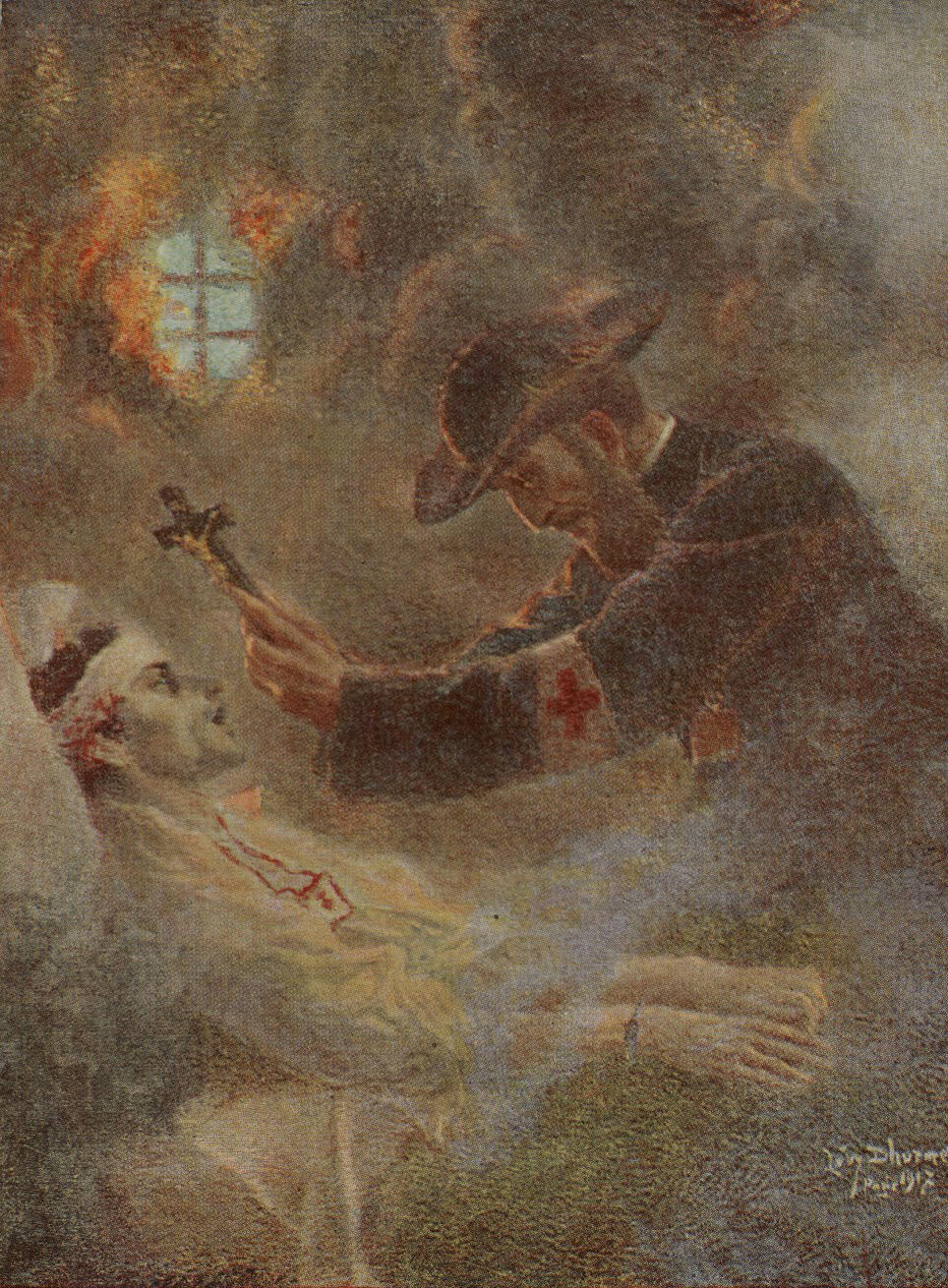Le grand Rabbin aumônier Abraham Bloch (The Chief Rabbi Chaplain Abraham Bloch)
Lucien Lévy-Dhurmer
1917
Credits
Published in: The Posen Library of Jewish Culture and Civilization, vol. 7.
You may also like
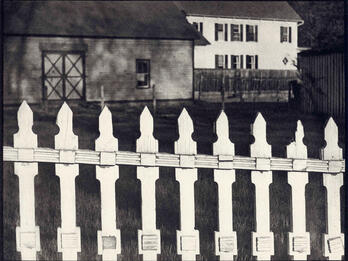
White Fence
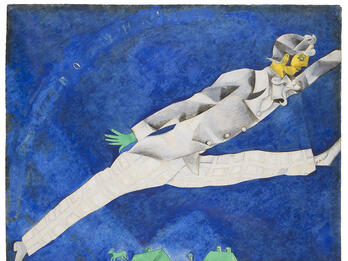
The Traveler
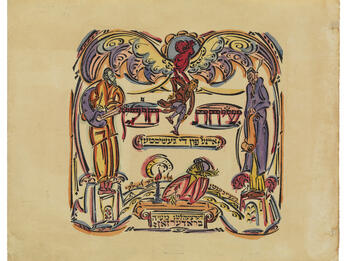
Sikhes-khulin (Small Talk, or, The Legend of Prague)
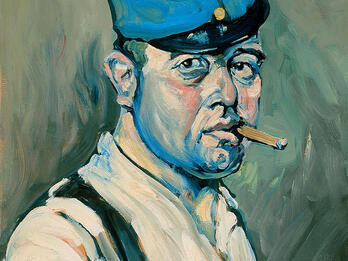
Self-Portrait with Soldier's Hat

Ḥad Gadya, Gekoyft der tate far tsvey gilden eyn tsigele (Father Bought a Kid for Two Zuzim)
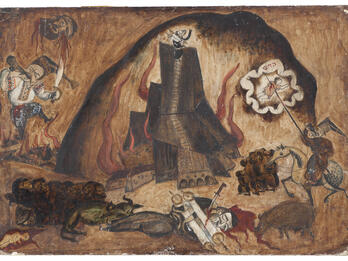
Pogrom
Creator Bio
Lucien Lévy-Dhurmer
The artist Lucien Lévy was born in Algiers and moved to Paris in 1879. He was initially drawn to ceramics and experimented with metallic glazes and North African Islamic designs. Over time, Lévy was drawn toward painting, adopting the name Dhurmer from his mother’s family and moving away from his symbolist origins toward Raphaelite classicism and the bright hues of Impressionism, as represented in his Silence (1895) and Eve (1896). Lévy-Dhurmer turned also to landscape arts and interior decorating, designing the complete art nouveau Wisteria Room (1910–1914), the dining room in the Paris apartment of the engineer Auguste Rateau. In addition to these projects, Lévy-Dhurmer painted pastels and other works inspired by the music of Fauré, Debussy, and Beethoven. His wife, Emmy “Perla” Fournier, was the editor of La Fronde, a feminist newspaper.
You may also like

White Fence

The Traveler

Sikhes-khulin (Small Talk, or, The Legend of Prague)

Self-Portrait with Soldier's Hat

Ḥad Gadya, Gekoyft der tate far tsvey gilden eyn tsigele (Father Bought a Kid for Two Zuzim)



